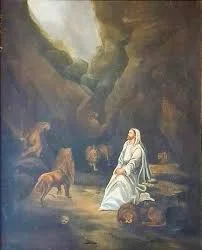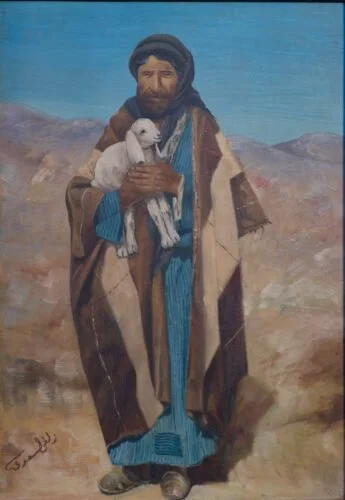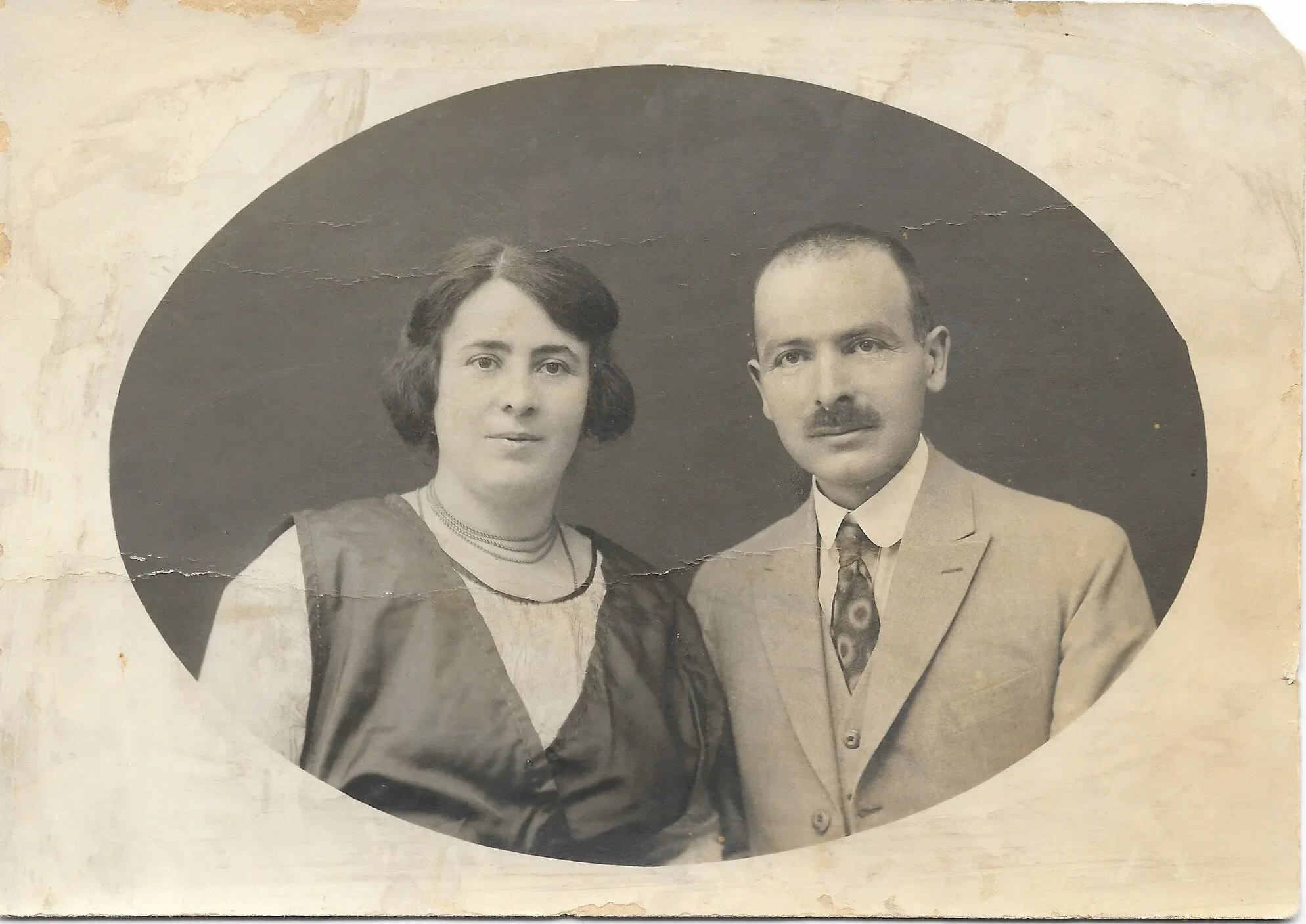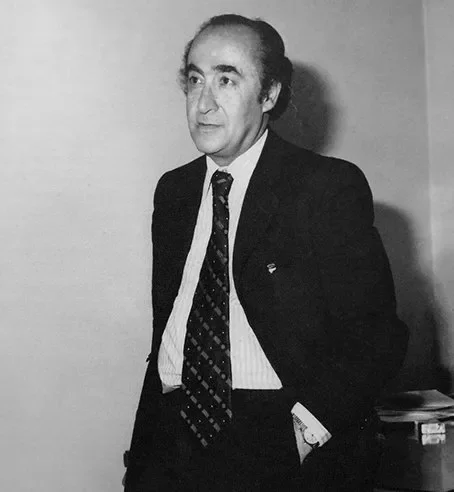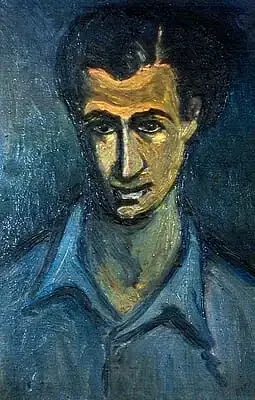Resurgent Nahda: Artists of the Arab Exhibitions
In a conversation with Nadi Abusaada about, Resurgent Nahda, his new book and exhibition at Dar El Nimr, we explored the research behind the 1933 and 1934 Arab Exhibitions in Jerusalem. Born from Issa El-Issa’s vision after visiting the 1931 Paris Colonial Exposition, these exhibitions became a stage for Palestinians and Arabs to assert their cultural, economic, and political presence at a time of intensifying colonial pressures and Zionist co-option of Palestinian representation. The exhibitions brought together industrialists, craftsmen, and artists from across the region, weaving together a vision of Arab unity and cultural renaissance. Among the most compelling threads of this history are the artists and artisans whose works, stories, and legacies remain central to the narrative of Palestinian modern art.
Nicola Sayegh (1863-1942)
A master painter from Jerusalem, Nicola Sayegh is remembered as one of the pioneers of modern art in Palestine. Trained in the Byzantine iconographic tradition of the Greek Orthodox Church, he worked within the distinctive “Jerusalem style” of his predecessors. Yet by the turn of the 20th century, as Western aesthetics began entering his hometown, Sayegh distinguished himself by experimenting with new materials and pictorial forms. He was among the first Palestinian artists to break away from traditional religious iconography, introducing secular genres such as still lifes, landscapes, and historical scenes into his work.
Jamal Badran (1909-1999)
A pioneer of Islamic ornament and calligraphy, Jamal Badran studied in Cairo before returning to Palestine. He was the official illustrator of the Arab Exhibitions and contributed designs for the Palace Hotel in Jerusalem. His career later blurred the lines between art and craft, producing everything from graphic posters to ornamental lampshades, while training a generation of artists including novelist and painter Jabra Ibrahim Jabra.
Sophie Halaby (1906-1997)
One of the first Palestinian women artists, Sophie Halaby studied in Paris and painted landscapes from Jerusalem outward into Palestine. Unlike the Orientalists who romanticized monuments, Halaby’s work looked at lived landscapes. She safeguarded her work through the Nakba, leaving behind an invaluable record of Palestinian art in transition.
Zulfa al-Sa‘di (1905-1988)
A Palestinian painter who exhibited in Jerusalem, Zulfa al-Sa‘di left behind not just paintings but a guestbook from the 1933 exhibition. Visitors wrote their impressions of her work, creating one of the rare intimate, emotional records of how audiences engaged with the Arab Exhibitions.
Maroun Tomb (1910-1970s)
Born in Haifa, Maroun Tomb participated in the 1930s exhibitions but lost much of his work during the Nakba. He later moved to Lebanon, where he continued painting and became recognized within Lebanese artistic circles, embodying the displacement and resilience of Palestinian artists of his generation.
David Ohannessian (1884-1953)
An Armenian ceramicist who arrived in Jerusalem after the Armenian genocide, David Ohannessian introduced Armenian ceramic traditions to Palestine. His works include the iconic Palace Hotel fountain and intricately patterned ceramics that connected Palestinian and Armenian craft legacies.
Yousef Zoughbi (1878-1964)
A master of Bethlehem’s mother-of-pearl craft, Yousef Zoughbi produced both small souvenirs for pilgrims and elaborate commissions for kings, queens, and the Vatican. His work represents the central role of Bethlehem’s artisans in Palestine’s craft economy before the Mandate period disrupted it.
Jabra Ibrahim Jabra (1919-1994)
Known worldwide as a novelist, translator, and critic, Jabra was also trained as a painter in Jerusalem. A student of Jamal Badran, he produced works that combined Islamic ornament with modernist experimentation. His career is a bridge between visual and literary culture in Palestinian modernism.
Yvonne Howa (1910s-2000s)
A rediscovered Palestinian painter who participated in the 1930s exhibitions in Jerusalem, Yvonne Howa’s pre-1948 works were lost, but her later paintings from the 1970s have recently been recovered through family archives in Beirut. Her story is emblematic of how Palestinian women artists’ contributions have often been overlooked or erased.


